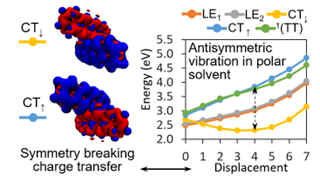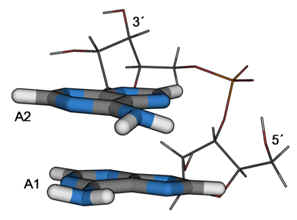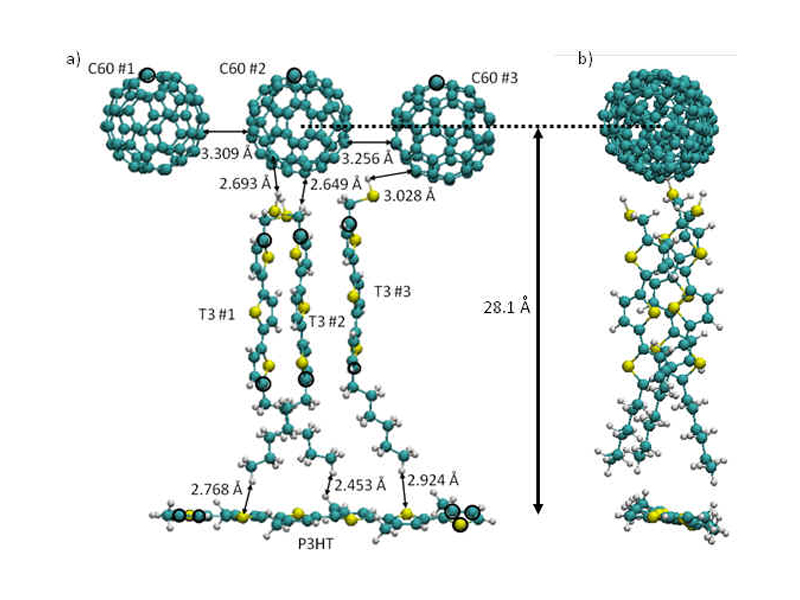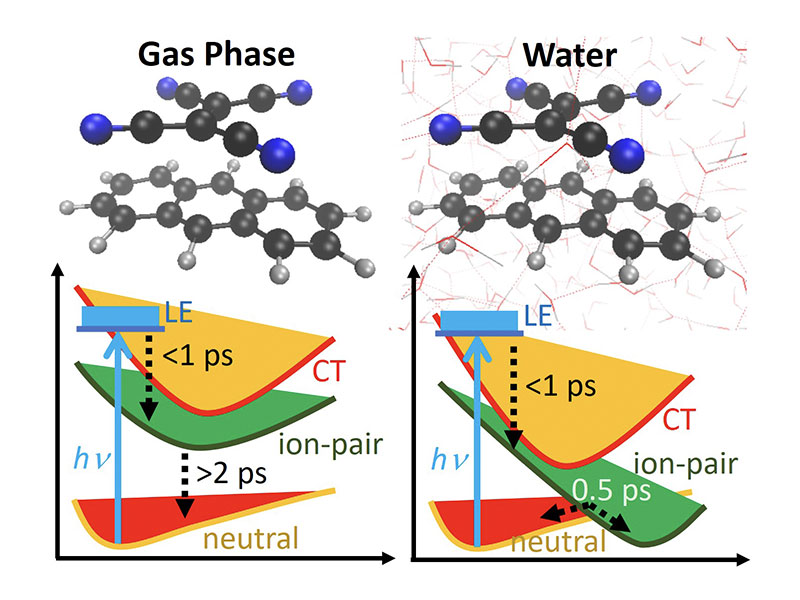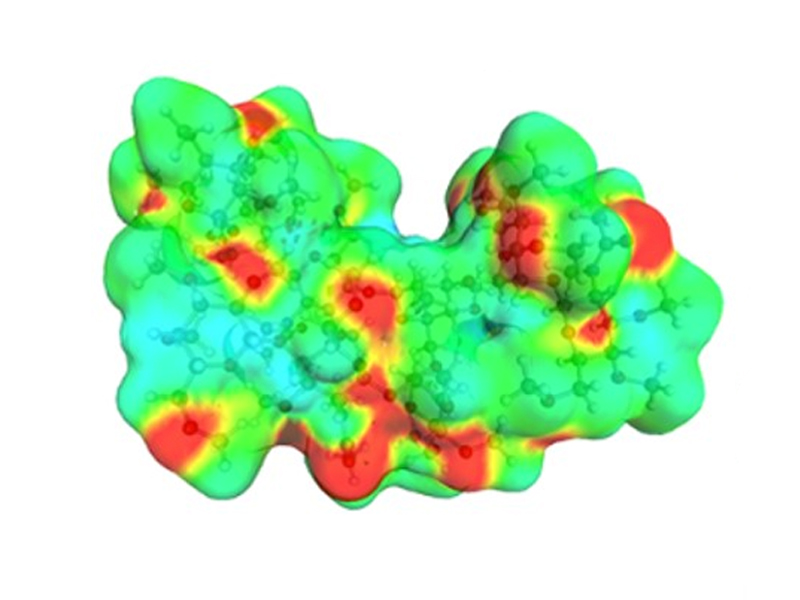COMPUTATIONAL PHOTODYNAMICS AND PHOTOBIOLOGY
- Photodynamical simulations including nonadiabatic effects and all internal degrees of freedom
- On-the-fly approach based on multireference methods
- Nonadiabatic dynamics using time-derivative coupling and single-reference meghods (TD-DFT, ADC(2))
- Inclusion of environment via QM/MM approach
Analytic MRCI gradients for excited states and nonadiabatic couplings using the COLUMBUS program system
Tully surface hopping using NEWTON-X
Collaboration partner: Mario Barbatti (Université Aix-Marseille, Marseille, France)
The photodynamics of DNA
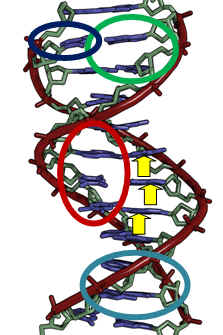
Isolated bases
M. Barbatti, A. J. A. Aquino, J. J. Szymczak, D. Nachtigallová, P. Hobza, and H. Lischka
PNAS 107, 21453 (2010)
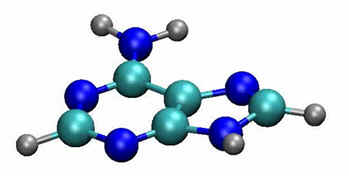
The influence of interstrand hydrogen bonding on the photodynamics of cytosine and guanine
T. Zelený, M. Ruckenbauer, A. J.A. Aquino, Th. Müller, F. Lankaš, T. Dršata, W. L. Hase, D. Nachtigallova and H. Lischka
JACS 134, 13662 (2012)
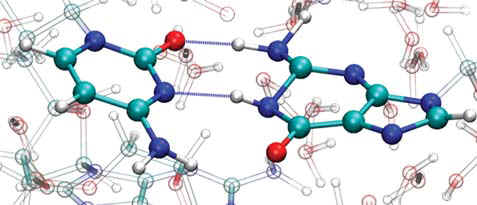
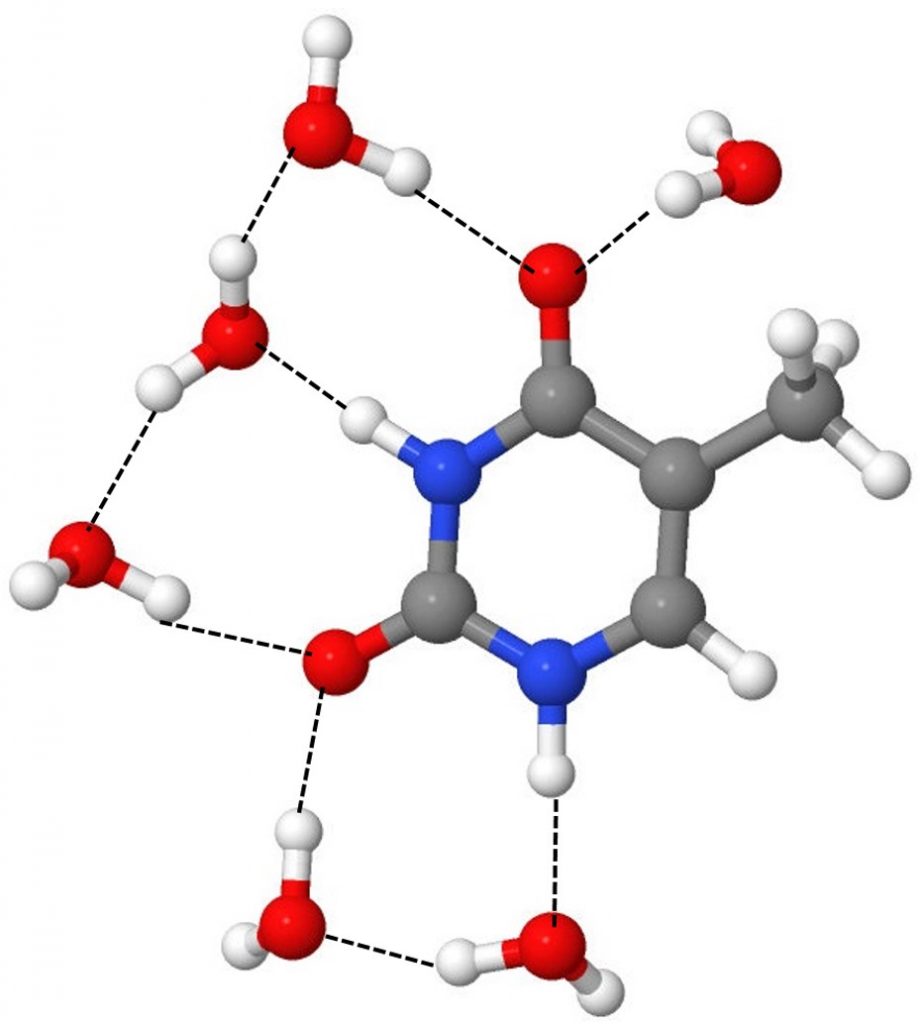
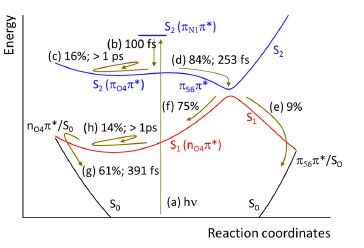
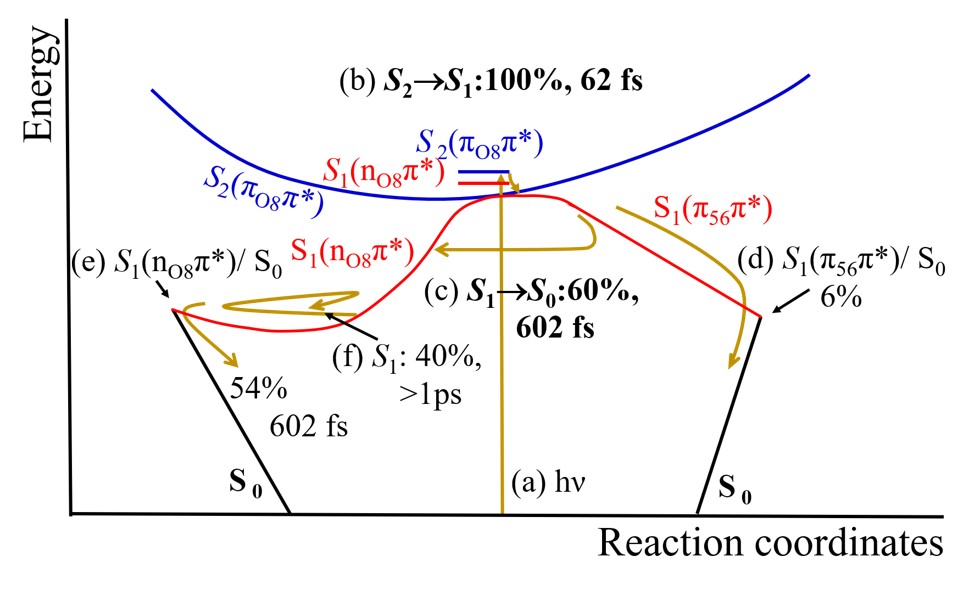
F. Siddique, M. Barbatti, Zh. Cui, H. Lischka, A. J. A. Aquino
Nonadiabatic Dynamics of Charge-Transfer States Using the Anthracene−Tetracyanoethylene Complex as a Prototype
J. Phys. Chem. A 124 (2020) 3347
Starting from the bright local excited (LE) state of anthracene, the complex returns to the neutral ground state in gas phase, whereas in water a competing deactivation pathway to an ion pair in the ground state exists

Y. Li, A. J. A. Aquino, F. Siddique, Th. A. Niehaus, H. Lischka, D. Nachtigallová
Pathways to fluorescence via restriction of intramolecular motion in substituted tetraphenylethylenes
PhysChemChemPhys 24 (2022) 1722 – 1735
Restricted access to conical intersection (RACI) is the key to enhancing emission intensities by blocking competing and unproductive non-radiative relaxation pathways. This work investigates the effect of functionalization of tetraphenylethylene (TPE) by means of surface hopping investigations to achieve this goal.
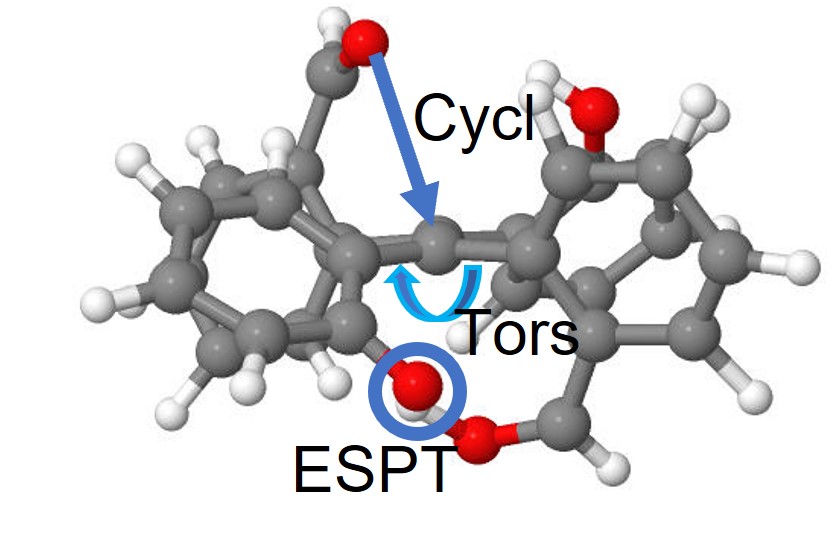
Rafael S. Mattos, Irene Burghardt, Adelia J. A. Aquino, Thiago M. Cardozo, Hans Lischka
On the Cooperative Origin of Solvent-Enhanced Symmetry-Breaking Charge Transfer in a Covalently Bound Tetracene Dimer Leading to Singlet-Fission
J. Amer. Chem. Soc. 144 (2022) 23492–23504
Singlet fission in covalently bound acene dimers in solution is driven by the interplay of excitonic and singlet correlated triplet (1TT) states with intermediate charge-transfer states, a process which depends sensitively on the solvent environment. It is shown that several types of symmetry-breaking inter- and intra-fragment vibrations play a crucial role in a concerted mechanism with the solvent environment and with the symmetric intramolecular inter-fragment torsion, which tunes the admixture of excitonic and charge transfer states. This offers a new perspective on how solvent-induced symmetry-breaking charge transfer can be understood and how it cooperates with intramolecular mechanisms in singlet fission.
